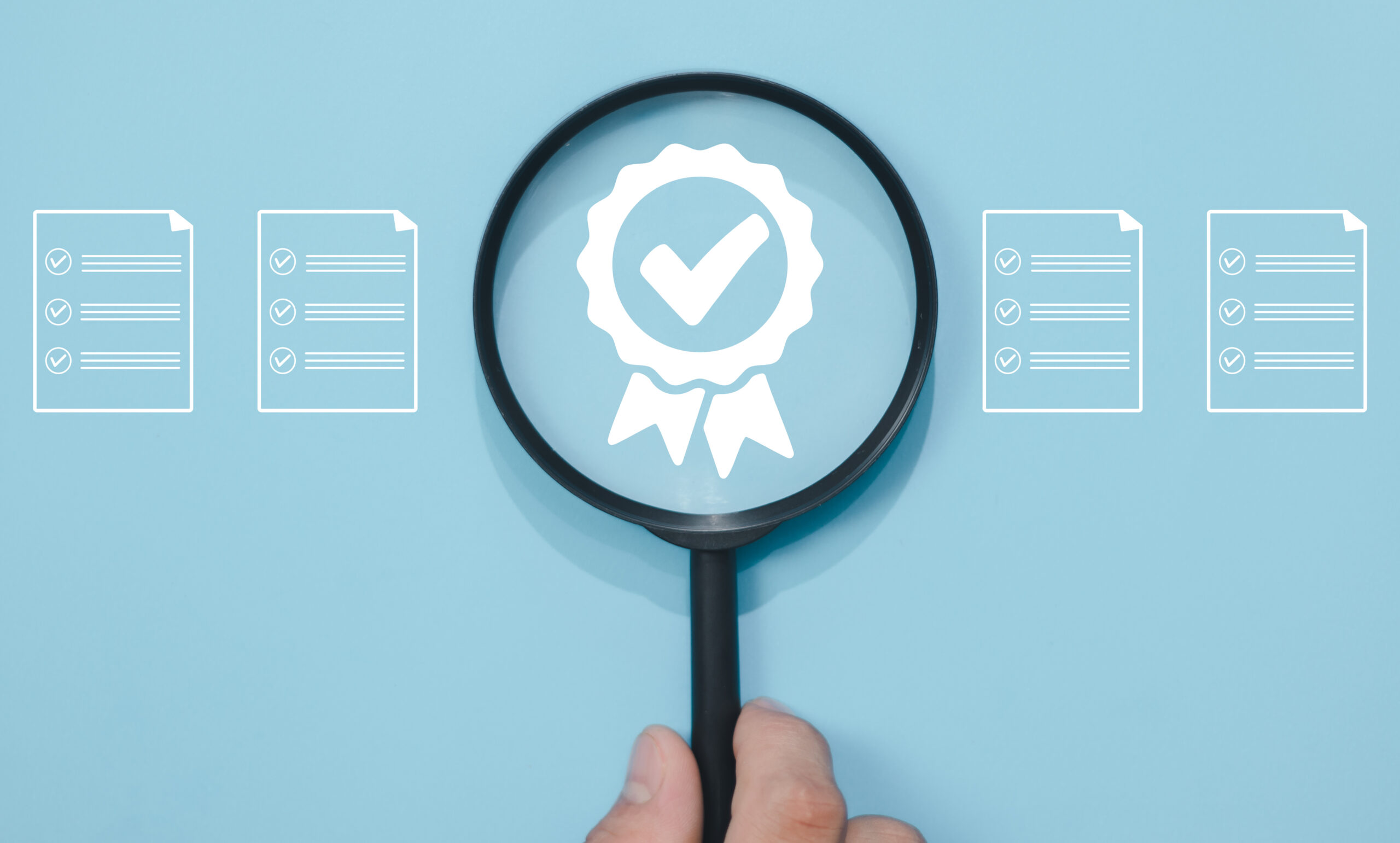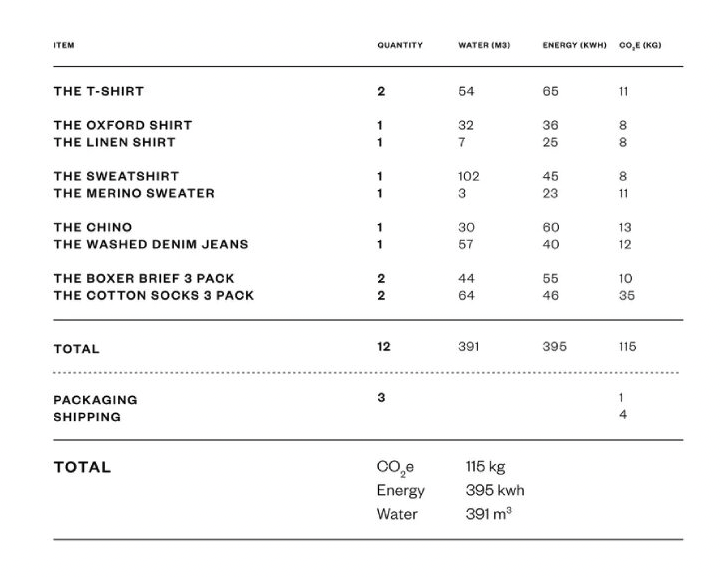How Technology Both Helps and Hurts the Environment
Technology has transformed the way we live, but at what cost? Discover the paradox of technological progress, and see how advancements in AI, e-commerce, and manufacturing are both solving and exacerbating critical environmental issues. Plus, learn how circular economy principles, responsible innovation, and enriched product data can help mitigate waste, reduce emissions, and create a more sustainable future.

Technology has completely revolutionized the way we live, work, and interact with the world around us. If you told someone from a hundred years ago that you have a real-time, face-to-face conversation with someone halfway across the world or buy your groceries and a new sofa without ever leaving the house, they would tell you that you’ve got a great plot for a science fiction novel.
The pace of technological advancement is accelerating at an exponential rate; while it took our ancestors nearly 2.5 million years to harness fire for cooking, humanity went from the first flight to landing on the moon in just 66 years.
Just like many powerful forces, technology is a double-edged sword, especially when it comes to its impact on the environment. While advancements in technology offer groundbreaking solutions to some of the world’s most pressing challenges, it also often comes with significant ecological costs. Let’s take a look at the ways technology both benefits and harms the environment, and how we can harness this explosive force of innovation for good.
How Technology Hurts the Environment
1. AI requires an excessive amount of water and valuable resources to run effectively
Large-scale AI deployments require massive data centers that consume vast amounts of resources, including:
- Raw material use: The electronics in data centers require extensive raw materials – manufacturing a 2 kg computer, for example, demands 800 kg of raw materials.
- Rare earth mining: AI relies on microchips, which are manufactured using rare earth elements, and the extraction of these elements often involves environmentally destructive practices like deforestation, habitat destruction, and water pollution, and can also lead to soil erosion, loss of biodiversity, and contamination of water sources.
- E-waste generation: We’ll cover this more in depth later, but data centers contribute to the growing e-waste crisis, producing hazardous waste containing materials like mercury and lead.
- Water consumption: AI-related infrastructure is on track to consume six times more water than Denmark to cool data centers, which is a major concern particularly when 25% of the world’s population lacks clean water access.
- Energy demand: AI-driven systems require significant energy; a single ChatGPT request consumes 10 times more electricity than a Google search.
As AI becomes more popular, the number of theses data centers has surged from 500,000 in 2012 to 8 million today, and this trend shows no sign of slowing down. Without proactive sustainability measures, AI’s environmental toll will continue to grow.
2. The e-waste crisis
E-waste is another significant concern, as the rapid proliferation of electronic devices has led to an unprecedented accumulation of discarded technology. Only 17.4% of global e-waste is currently recycled in an environmentally sound manner and the amount of e-waste is projected to reach 75 million metric tons by 2030.
When e-waste is not handled properly, it releases hazardous substances such as lead, mercury, and cadmium, which can seep into soil and water, contaminating ecosystems and harming biodiversity. Plus, the inefficient disposal of electronic products can often result in the loss of valuable materials like gold, silver, and rare earth elements, which only increases the demand for further resource extraction. Many developing nations bear the brunt of the e-waste crisis, as they receive massive shipments of discarded electronics often without the infrastructure to safely recycle or dispose of them.
Addressing this challenge requires a multi-faceted approach, including stronger regulations on electronic disposal, enhanced global recycling and resale programs, and increased awareness among consumers. Encouraging a circular economy, where products are reused, refurbished, and responsibly recycled, can also help to mitigate the harmful impact of e-waste on our planet.
3. Reckless consumerism & unsustainable innovation cycles
It’s not just technology that evolves at a rapid pace these days; fast fashion and low-cost, low-quality businesses like Shein and Temu do as well, and encourage consumers to replace products sooner than is often actually necessary. By purposefully designing products with limited durability, cheap materials, or a focus on a microtrend that will be obsolete in six months, these companies feed into the frenzy of consumer demand and lure customers in with their unbelievably low prices.
But with the global fashion industry being responsible for 10% of all carbon emissions, it’s more important than ever before to rethink our approach to consumption and demand greater accountability from brands. The fashion industry’s reliance on synthetic materials, resource-intensive production processes, and wasteful supply chains exacerbates the climate crisis and depletes natural resources.
Fortunately, there is a growing shift toward more sustainable alternatives. Brands that prioritize circular economy principles like durable design, repairability, resale, and recycling offer a way forward and prove that investing in quality and longevity, rather than disposability, can be both environmentally responsible and profitable.
Avoid Greenwashing: How to Build Sustainable Strategies
How Technology Helps the Environment
1. Enhance abilities to consolidate, track, analyze, and communicate key environmental data
One of the most fundamental ways that AI has already impacted sustainability initiatives is in the way we collect, analyze, and act on environmental data. With more climate data available than ever before, AI is invaluable in helping businesses and policymakers interpret and implement effective sustainability measures. AI-powered solutions can leverage vast datasets to identify patterns, predict environmental risks, and optimize decision-making for a more sustainable future.
For instance, AI-powered tools can help a brand assess the environmental impact of their products across the entire product lifecycle, from raw material extraction to end-of-life disposal. By analyzing data from supply chains, transportation networks, and manufacturing processes, AI enables businesses and consumers to make informed, eco-conscious choices and more accurately track the carbon footprint of their products.
A great example of this is Swedish fashion brand Asket, who calculates carbon emissions for their entire range of products at each stage of a product’s lifecycle, including raw material extraction, processing, production, assembly, distribution, and end-of-life outcomes. For every garment, Asket provides detailed disclosures about its supply chain, environmental footprint, and cost structure. Consumers can access information on the factories and facilities involved in production, including details about average wages, working conditions, and shift lengths.
These advancements in data consolidation and enrichment are fostering hope that technology can play a vital role in tackling the global environmental crisis.
2. Implement more sustainable and circular supply chains
Believe it or not, the manufacturing sector is actually the second-largest contributor to greenhouse gas (GHG) emissions in the EU, and is one of the primary consumers of energy from fossil fuels. And in fact, before a product even reaches the customer, more than 80% of its environmental impact is already determined.
When it comes to optimizing production processes and minimizing waste, AI can play a crucial role by enabling businesses to monitor and adjust their operations in real time, identifying inefficiencies in product lines, and optimizing inventory management. By utilizing machine learning algorithms, manufacturers can reduce waste, lower costs, and decrease their overall carbon footprint, while predictive maintenance powered by AI also helps extend the lifespan of machinery, preventing premature replacements and reducing industrial waste.
AI-driven analytics can also help companies track and communicate the sustainability of their supply chains by monitoring sourcing practices, labor conditions, and environmental impact, enabling both businesses and consumers to make more ethical, data-driven decisions.
3. Online second-hand marketplaces connect global consumers with previously owned products
By providing an accessible platform for individuals to purchase used items, online second-hand marketplaces like ThredUp or Back Market help to extend the lifespan of different products while diverting products from landfills, reducing demand for newly manufactured goods, and minimizing the environmental footprint of production.
For the tech industry, second-hand marketplaces offer a sustainable alternative to the cycle of constant upgrades and disposals. Refurbished electronics, such as smartphones and laptops, not only provide consumers with affordable options but also help curb the growing e-waste crisis; Back Market quotes that it prevented 1 million tonnes of CO₂ emissions from entering the atmosphere in 2023 alone.
Similarly, in the fashion industry, second-hand marketplaces promote a more circular economy by allowing consumers to buy and sell pre-owned clothing, reducing the detrimental environmental impact of fast fashion as buying second hand clothing reduces carbon emissions by an average of 25% compared to new clothing. With increasing consumer awareness and demand for sustainable shopping options, online second-hand platforms play a crucial role in fostering responsible consumption habits.

4. Enrich product data to reduce the likelihood of returns
One of the biggest contributors to waste in the retail and eCommerce industries is the high rate of product returns, as returns can add up to 30% of carbon emissions to the initial delivery and accounted for nearly 24 million metric tons of CO2 emissions in 2022.
Even if a customer is returning a practically untouched product with the tag still attached, these returns often end up sitting in a landfill anyway as the business doesn’t have the infrastructure in place to analyze, refurbish, and relist the product for sale; in the United States, one in every four returned products is sent directly to a landfill, equalling roughly 4.9 billion tons. Fast fashion and low-cost consumer goods exacerbate the problem because the cost of returning and restocking these items often exceeds their resale value. For many companies, it is cheaper and faster to discard returned products rather than reintegrating them into their supply chains, leading to significant waste.
Enriched product data can help address this issue as 62% of consumers say that having more accurate product information upfront would reduce their likelihood of making a return. High-quality images, detailed descriptions and specifications, and in-depth size and fit recommendations based on real customer feedback can help set proper expectations, reducing the likelihood of disappointment and returns.
Beyond just improving customer confidence, enriched product data also allows businesses to refine their inventory management and improve operational efficiency. AI-powered insights can help companies identify patterns in reasons for returns, allowing them to adjust product descriptions, images, or even the products themselves to better meet customer expectations.
By investing in robust product information management, businesses can foster a more sustainable shopping experience while simultaneously reducing costs associated with handling returns.
Balancing the Impact of Technology
Technology has the power to drive sustainability forward, offering innovative solutions to some of the world’s most pressing environmental challenges like how to accurately track and communicate carbon footprints, optimize energy use, and reduce waste through smarter, more sustainable supply chains. However, if left unchecked, technological advancements can also contribute to environmental degradation; the rapid expansion of AI, cloud computing, and digital commerce has raised concerns about rising energy consumption, growing electronic waste, and unsustainable supply chains.
To ensure that technological progress aligns with sustainability goals, businesses and consumers must take proactive steps to reduce negative impacts and promote eco-friendly innovation through:
- Adopting circular economy principles: Prioritizing repair, reuse, and responsible recycling to extend the lifespan of technology and reduce waste.
- Supporting sustainable innovations: Investing in energy efficient technologies, ethically sourced materials, and eco-conscious design practices.
- Improving efficiency: Optimizing AI model training, reducing data center emissions, and streamlining digital infrastructure to lower energy consumption.
- Advocating for responsible regulations: Supporting policies that hold tech companies accountable for environmental impact, promote right-to-repair laws, and encourage sustainable practices.
Striking the right balance between progress and responsibility requires a concerted effort from businesses, policymakers, and consumers alike. By adopting circular economy principles, supporting responsible tech development, and advocating for sustainability-focused regulations, we can harness technology’s potential for good and have the best of both worlds, without sacrificing our own.
Avoiding Greenwashing
Discover how to avoid the pitfalls of greenwashing and build genuinely sustainable strategies that foster trust, align with regulations, and drive long-term business growth.



















